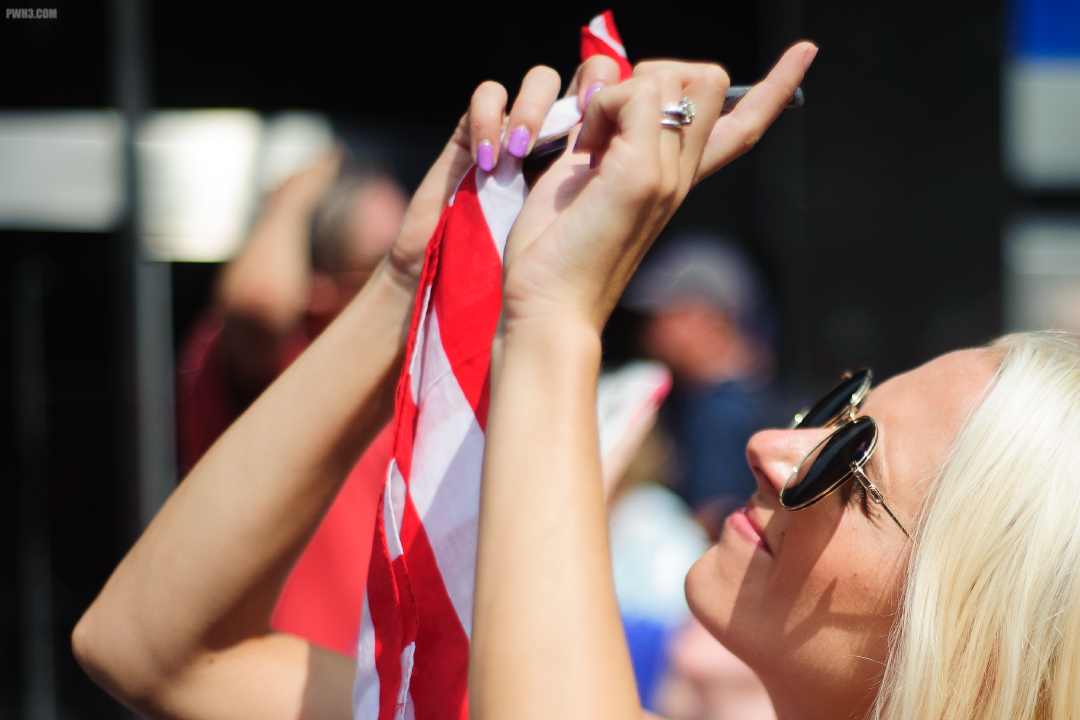It seems that every photographer dreams of some day owning a digital full-frame camera. The lure of full-frame is strong, with promises of photos that have less noise, better retention of shadows and highlights, better color accuracy, and that amazing shallow depth-of-field.
However, improvements in sensor technology have made APS-C and even Micro Four Thirds (m4/3) nearly equal to full-frame cameras in many of those areas. In my opinion, the main reason to move to a full frame system is if you really need very shallow depth-of-field at normal to wide angles (such as 50mm, 35mm, 28mm, 24mm, and so on). Otherwise an APS-C or m4/3 will probably serve you better, and for much less cost.
That being said, if you really want a full-frame camera but don’t want to spend a lot of cash, there are lots of used options among older models. Once selling for thousands of dollars, these old full-frame cameras can now be had for mere hundreds.
Enter the Nikon D700
The Nikon D700 is a legendary camera. It has always reminded me of a digital version of Nikon’s F4 film camera in terms of cult status and aesthetic. And much like the Nikon F4, I have always wanted one (and now own both). The Nikon D700 originally retailed for $2999.99 back in the year 2008. In the used market today, you can pick one up for around $399 — or even less if you are patient and find a good sale. At this point, it’s the cheapest viable way to enter the world of full-frame photography.
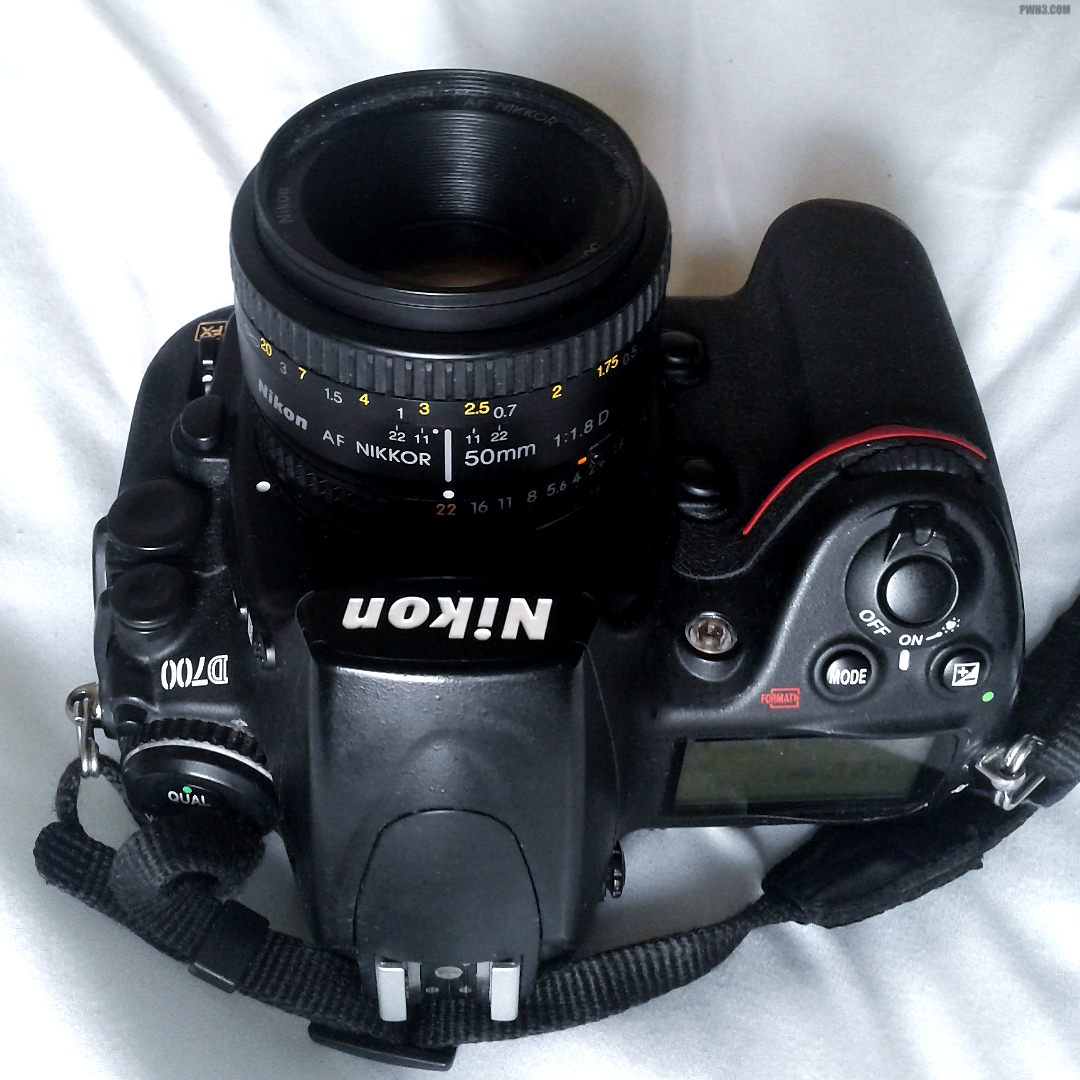
Using an Eleven Year-Old Camera
So how does the Nikon D700 hold up today? Pretty well. It’s a rugged, solid, weatherproof camera. It’s *very* heavy but feels good to hold. The grip is perfect. The controls are great. The viewfinder is enormous and clear. And the full-frame images are… alright.
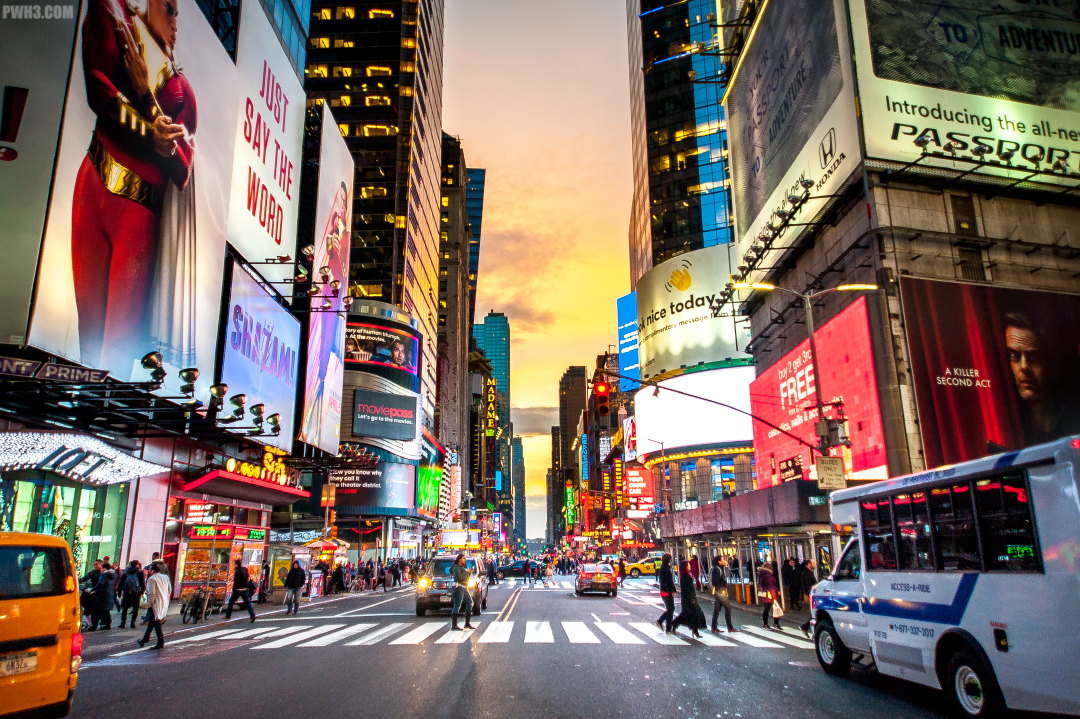
A Camera for the People
Color rendition at lower ISOs is excellent and true-to-life. Highlights and shadows in brightly lit scenes are preserved well. Blue colors seem particularly vivid, as is the case with many older Nikons. Skin tones at the base ISO are pretty good. The D700 seems to excel as a portrait or “people” camera, perfect for events.
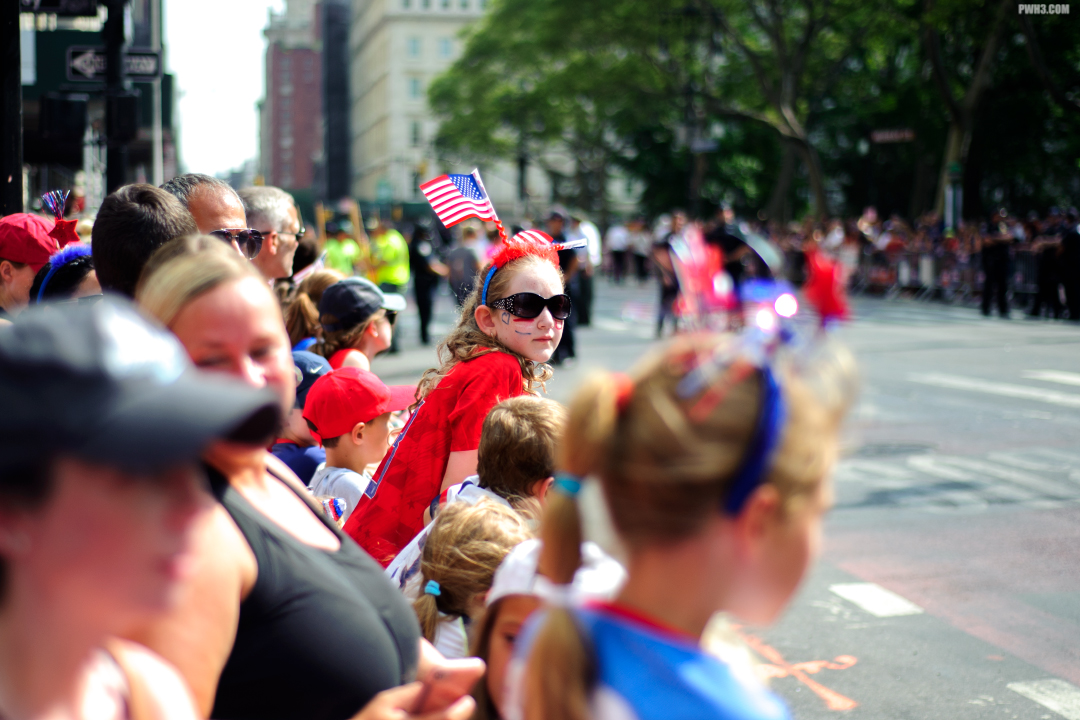
ISO Performance & Color
As ISO increases, the color rendition does not hold up as well, though that’s true of many cameras. The further up the ISO ladder you go, the more washed-out and inaccurate the colors become. When you reach ISO 3200 and beyond, you may find magenta or green color casts in a lot of your images.
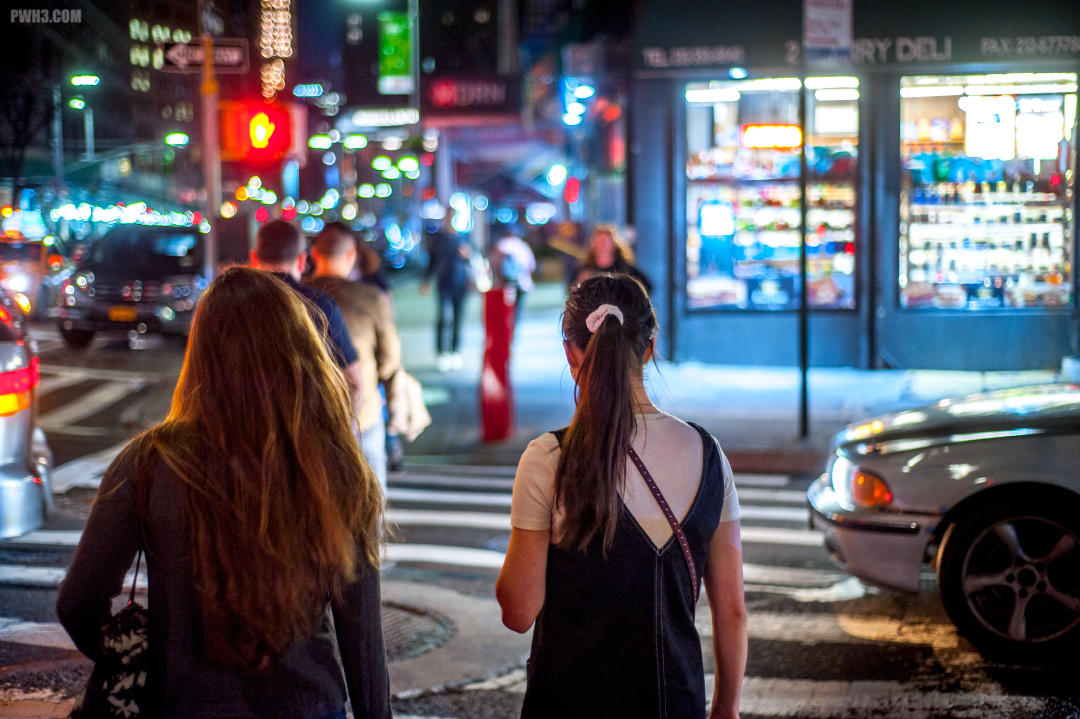
Difficult Shooting Situations
In high-contrast scenes where you may need to lift the shadows — such as trying to capture a group of people as they capture a sunset on their cell phones — there is a noticeable amount of noise. It’s not overwhelmingly bad, and not unlike film grain, but it definitely will be there if you try to salvage a photo taken under difficult conditions.
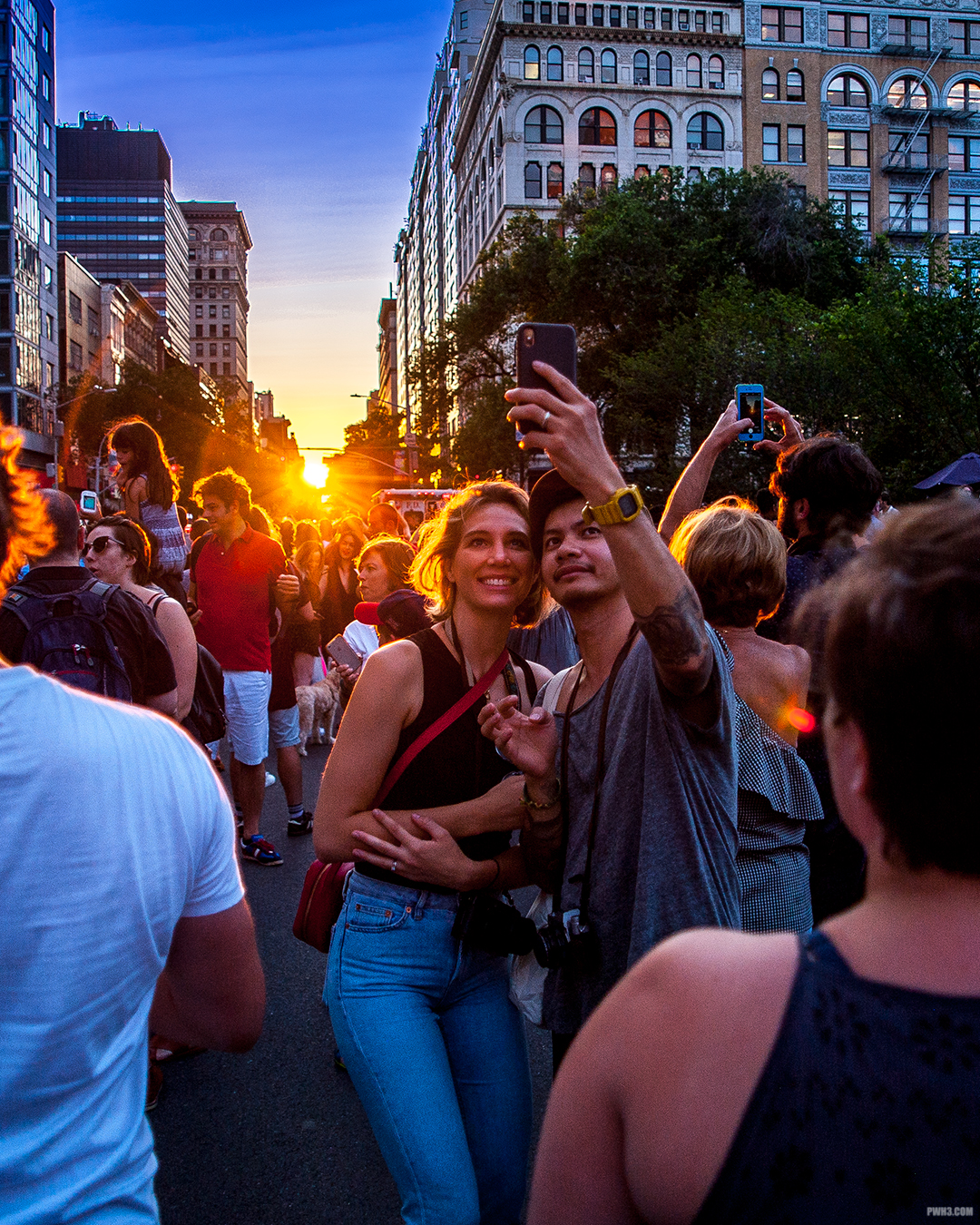
Low Light Performance
Noise is also noticeably present in high-ISO shots and night shots. In addition to noise, some night shots suffered from vertical AND horizontal banding at ISO 3200 and higher. If you shoot a lot of night shots like I do, I would say ISO 5000 is your usable limit in terms of noise. But you’re better off staying at ISO 3200 and below.
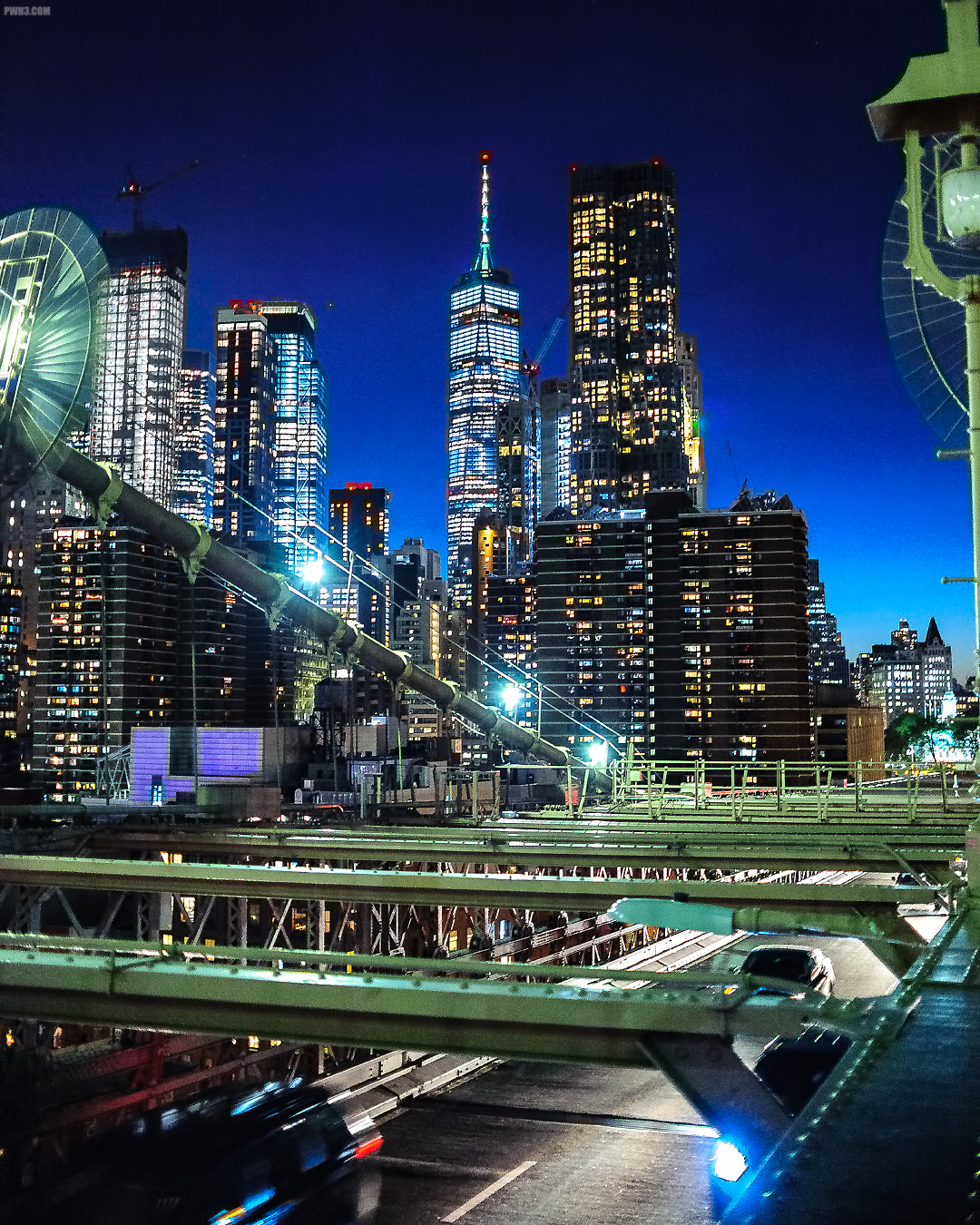
Other Things to Consider
This is an old camera, and the people who owned them were often professionals or serious enthusiasts. Therefore if you buy one it will probably have a very high shutter count. It’s likely that any one you pick up will have a shutter count of well over 100,000 actuations, and possibly over 200,000 actuations. The more actuations your camera’s shutter has, the more likely it is (statistically) that you’ll encounter a shutter failure which will need to be repaired.
If your camera suffers a mysterious problem and simply stops working, other parts needed for repair (such as LCD screens, internal electronics, the internal card reader) may be hard to come by or impossible to obtain.
The camera uses Compact Flash (CF) Cards instead of SD cards, so if you don’t have CF Cards laying around, that will be another thing you’ll need to buy. You will also need an external CF Card reader since no computer or laptop has a built-in CF card reader.
The Nikon D700 does not shoot video. In addition, the Live View mode is extremely cumbersome to the point of being useless, so if you’re a shooter who uses Live View often, you may want to rethink buying this camera.
If you are moving from a Nikon DX camera, you will mostly likely need to buy new lenses. Only FX lenses will work properly on this camera (except for the 35mm DX lens which actually does work pretty well, but that’s for another article).
Note: some of you who are Nikon DX users already have the Nikon 50mm f1.8G or f1.8D lenses which you are using for portraits; those two 50mm lenses will work fine.
So, remember to factor in the cost of all of these things when deciding to purchase this camera. You may find that your “cheap entry” into full-frame has gotten rather expensive after all.
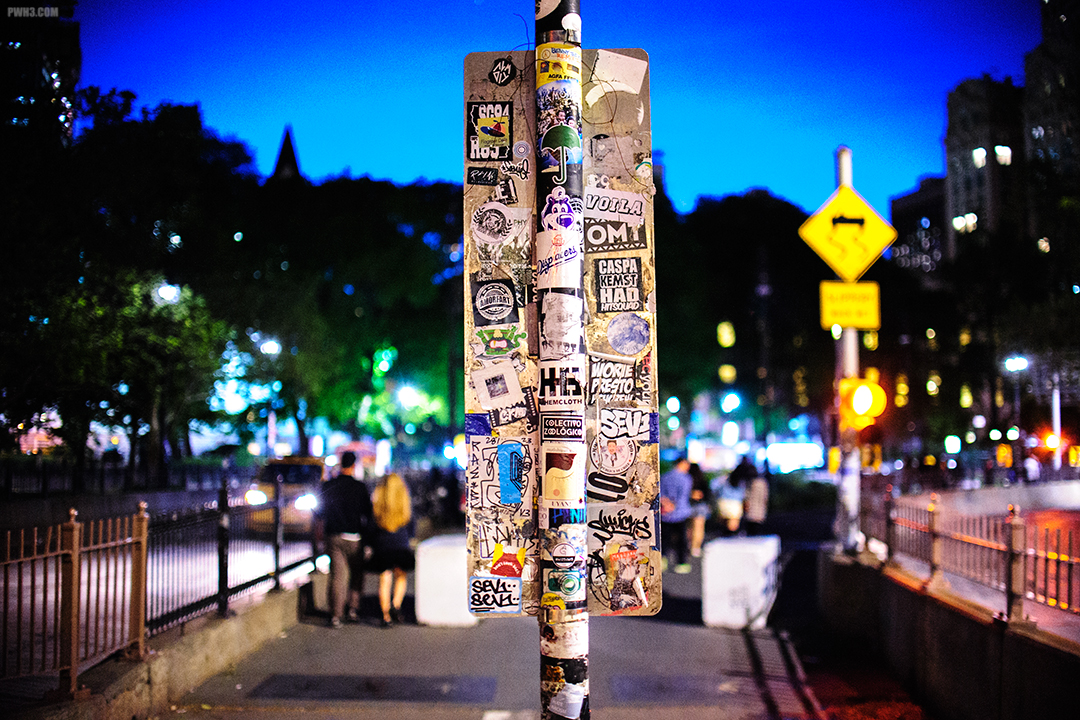
The Final Verdict
Would I recommend this camera over a recent DX Nikon? No. Even my little Nikon D5100 from 2011 performs better in terms of pure image quality and produces much better colors. It even handles noise better. The D700 is not a bad camera, especially for one that’s over a decade old. But technology has moved on and made significant improvements every area.
Would I recommend this camera to someone looking to buy their first full-frame camera? Maybe. The prices of used full frame cameras are all dropping. For a few hundred dollars more, you could pick up a used Nikon D610 or Nikon D750 which would produce much, much better low-light images. So if you’re a night or low-light shooter, I’d lean towards no. If you shoot mostly in the daylight or at well-lit events, then go for it.
I definitely recommend the D700 for people like me, who fall into the “always wanted one” category and are willing to put up with — or just don’t care about — the limitations of using an older camera. If you just want one, I feel like that alone is a perfectly fine reason to get one.
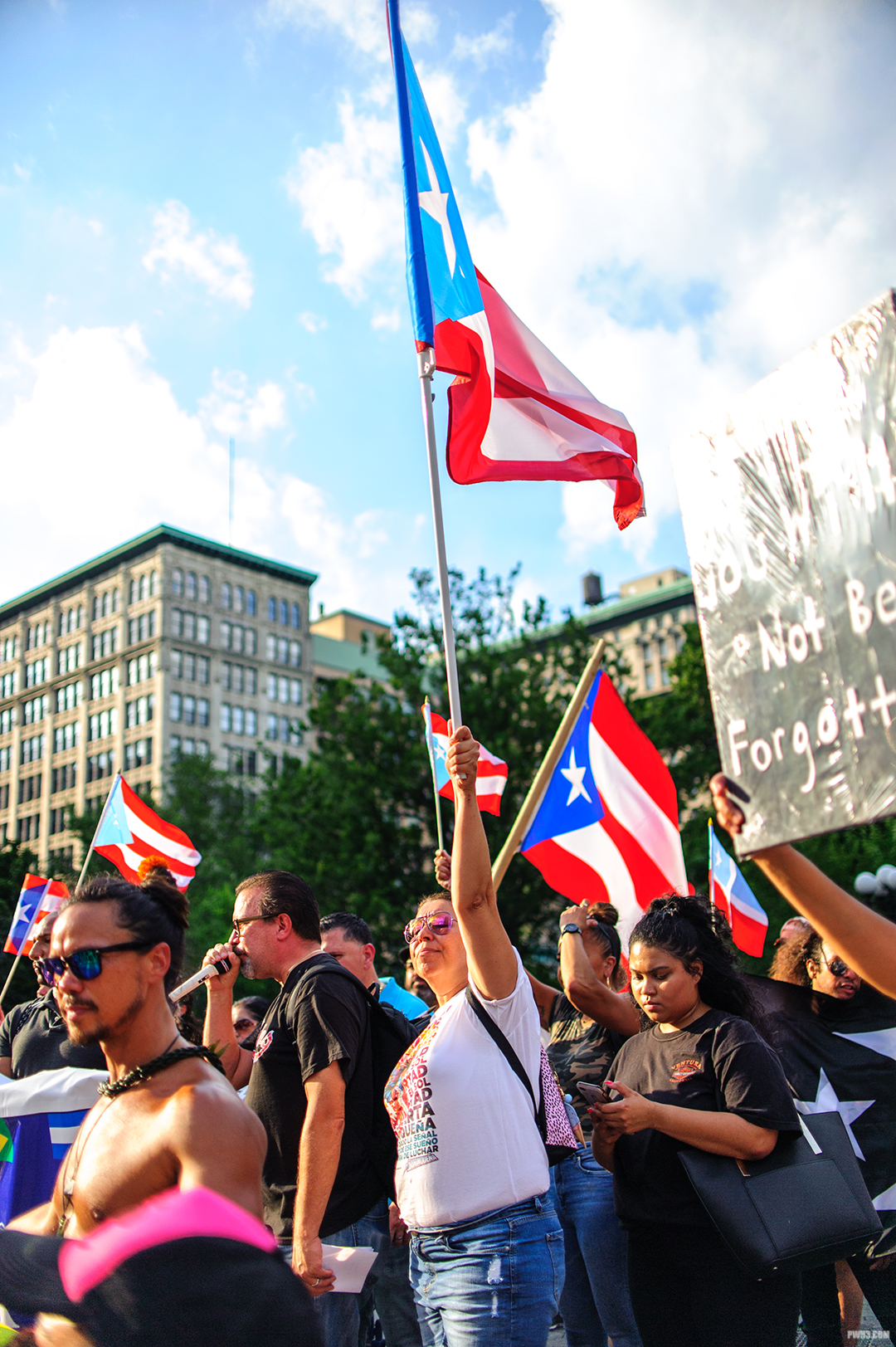
What are your thoughts on the Nikon D700? Leave a comment below if you are still using this camera in the year 2019 (or now, 2020) and tell me what you think about it. And consider following me on Instagram.

